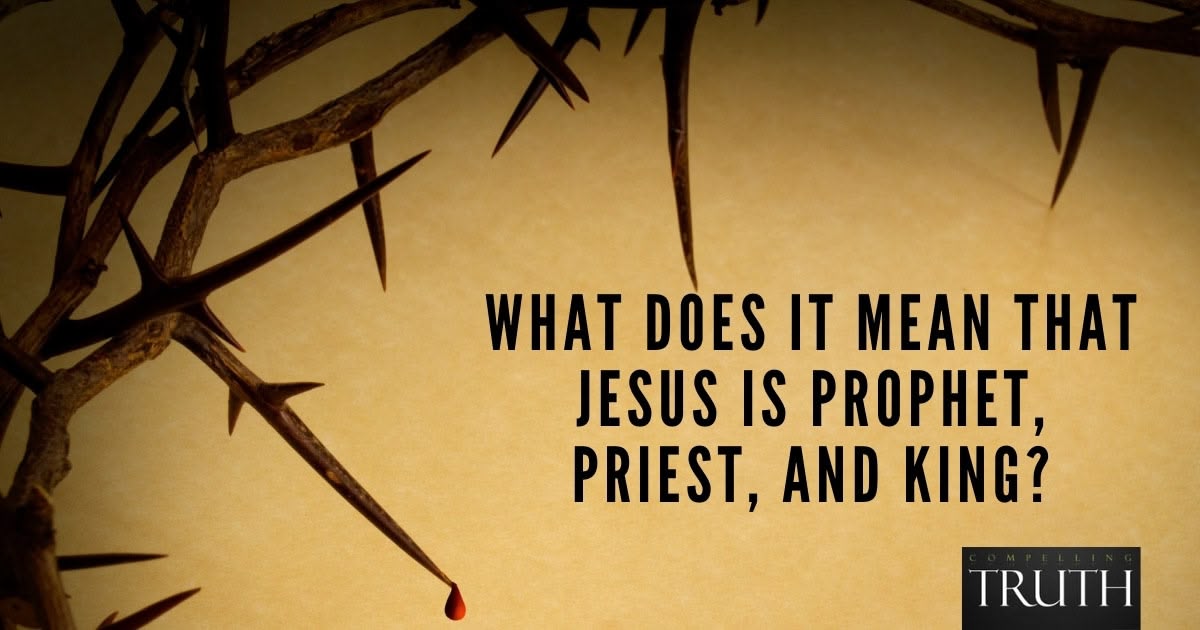By the time of Jesus, the Old Testament Scriptures were commonly referred to as "the Law and the Prophets," reflecting their dual focus on divine teachings and prophetic revelations. The third category, the Writings, was categorized under "the Prophets" because all authors of Scripture were regarded as inspired messengers of God. The Law, or Torah, comprises the foundational books Genesis through Deuteronomy, outlining God's commands and the origins of Israel. The Prophets, including historical and prophetic texts, such as Isaiah, Jeremiah, and the Twelve Minor Prophets, foretold future events and pointed towards Jesus as the fulfillment of God’s promises. Today, understanding these Scriptures helps believers interpret God's overarching plan of redemption, culminating in Jesus Christ, who fulfills the Law and the Prophets' prophecies and teachings.
When we read the Old Testament, we should be looking for the ways in which it points to Jesus. Many say that the New Testament is the Old Testament fulfilled. Another saying is that the Old Testament is the gospel concealed and the New Testament is the gospel revealed. The Old Testament gave many promises and pictures of the coming Messiah, who is Jesus. The New Testament tells us about Jesus and how His work on the cross and His resurrection affect our lives today. The entire Bible is one coherent story of how God provides salvation for fallen humans through His Son, Jesus the Messiah. The Law and the Prophets are an integral portion of that story and are preserved as the books of the Old Testament in our Bibles today.
When we study the Law, which includes the foundational teachings and commands of God, and the Prophets, who spoke forth God's message and often foretold of the coming Messiah, we find a cohesive narrative pointing to Jesus Christ. His life, teachings, and fulfillment of prophecy exemplify the culmination of God's plan for salvation. Practically, this understanding guides believers today in interpreting the Bible, recognizing Jesus as the fulfillment of God's promises, and living out the principles of love, justice, and faithfulness taught throughout the Old Testament. As Jesus affirmed, the entirety of Scripture finds its ultimate meaning and fulfillment in Him.




